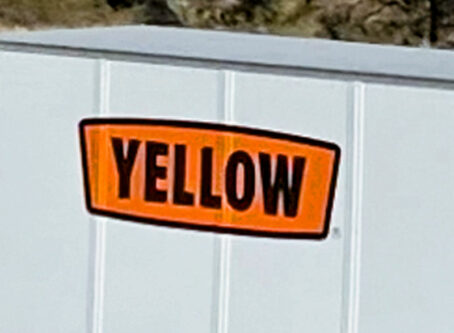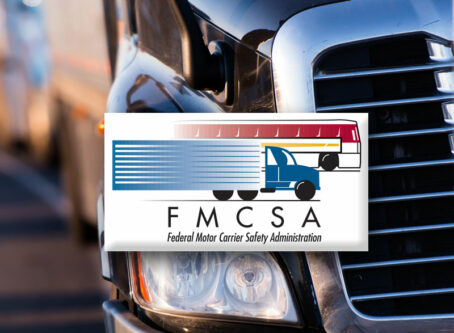CDC resource gives long-haul truckers ‘need-to-know’ COVID-19 info
The Centers for Disease Control has created an online resource to help long-haul truck drivers mitigate the risks of exposure to the COVID-19 coronavirus.
“As a long-haul truck driver, you spend many hours alone in the cab of your truck,” the CDC website states. “However, there are times when you will be at increased risk of exposure to COVID-19.”
The CDC says drivers need to be on the lookout for potential sources of exposure include having close contact with truck stop attendants, store workers, dock workers, other truck drivers, or others with COVID-19, and touching your nose, mouth, or eyes after contacting surfaces touched or handled by a person with COVID-19.
The Owner-Operator Independent Drivers Association has played a key role in getting information and resources like what the CDC is offering to truck drivers.
Doug Morris, OOIDA’s security operations director, serves as the Association’s representative on two committees that are helping coordinate disaster response at the federal level. Morris says the committees and the CDC work together on COVID 19 response and mitigation.
The agency recommends wearing cloth face coverings in public settings where social distancing guidelines of 6 feet of distance from others cannot be maintained.
Other recommendations include cleaning and disinfecting frequently touched surfaces on a routine basis such as:
- In the truck cab (driver door handle, steering wheel, seat belt and buckle, arm and headrest, seat cover, turn signal, wiper controls, dashboard, air ducts, radio, and temperature controls).
- In the sleeper berth (light switches, mattress tray, temperature controls, and other flat surfaces).
- If a third-party must have access to the interior of your truck (for example., mechanics, other drivers or inspectors), request that the third party clean and disinfect the truck before turning it back over to you.
The CDC also recommends practicing proper hand hygiene. Wash your hands regularly with soap and water for at least 20 seconds, or use an alcohol-based hand sanitizer containing at least 60% alcohol. Key times to clean hands include:
- Before entering and leaving the cab, including deliveries, loading and unloading of cargo, rest breaks, fueling, and other activities.
- Before eating or preparing food.
- After putting on, touching, or removing cloth face coverings.
- After blowing your nose, coughing, or sneezing.
- After using the restroom.
The CDC resource also provides recommendations for employers to help limit the transmission of the disease among employees.









